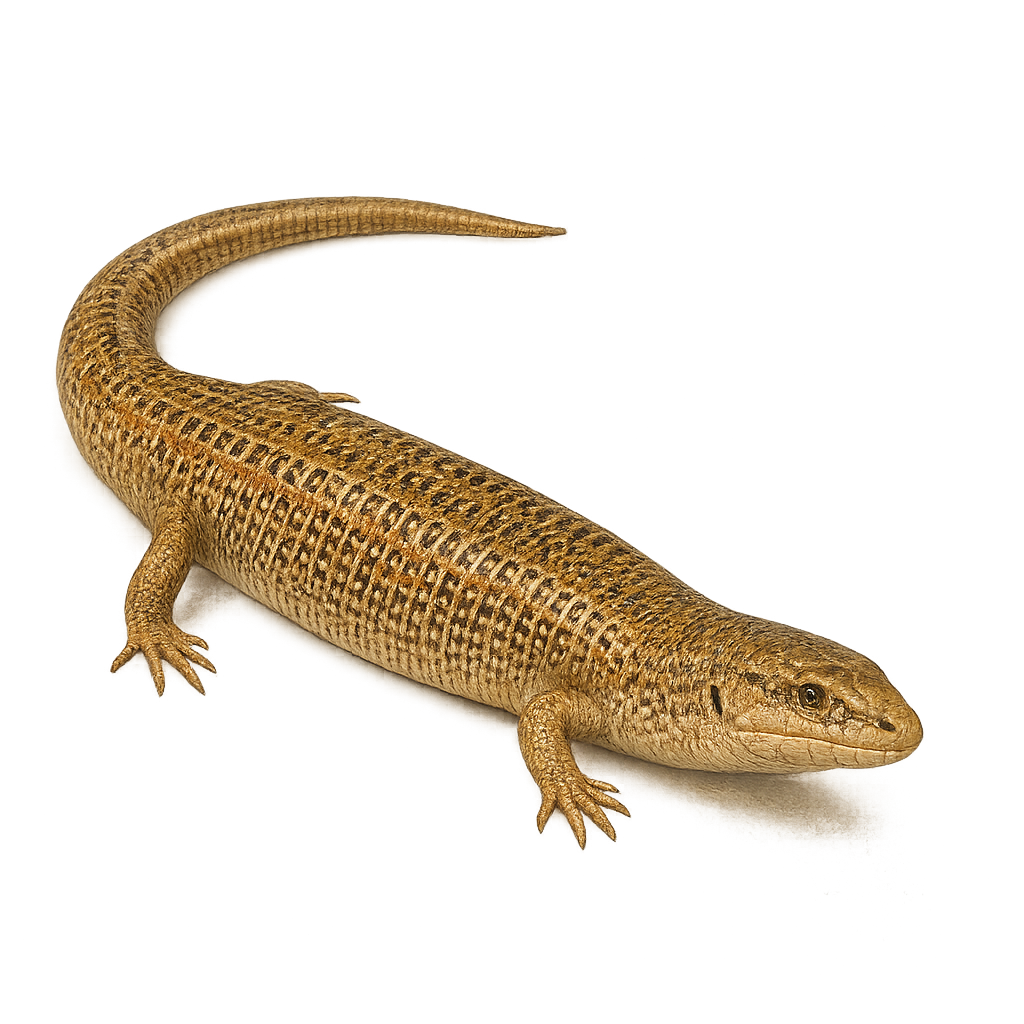Your wildlife photography guide.
Explore the ocellated skink in detail, study its behavior, prepare your shots.
Where to observe and photograph the ocellated skink in the wild
Learn where and when to spot the ocellated skink in the wild, how to identify the species based on distinctive features, and what natural environments it inhabits. The WildlifePhotographer app offers tailored photography tips that reflect the ocellated skink’s behavior, helping you capture better wildlife images. Explore the full species profile for key information including description, habitat, active periods, and approach techniques.
Ocellated Skink
Scientific name: Chalcides ocellatus

IUCN Status: Least Concern
Family: SCINCIDAE
Group: Reptiles
Sensitivity to human approach: Suspicious
Minimum approach distance: 3 m
Reproduction period: February to March
Incubation: 210 jours
Births: February to March
Habitat:
rocky areas, dry grasslands, scrublands
Activity period :
Active during the day when temperatures are favorable, often seen basking in the sun.
Identification and description:
The Ocellated Skink, or Chalcides ocellatus, is a medium-sized lizard, typically measuring between 15 and 20 cm in length. Its skin is smooth and shiny, adorned with characteristic ocellated patterns, from which it derives its name. These patterns, often brownish with lighter spots, allow it to blend effectively into its natural environment. It is primarily found in Mediterranean regions, favoring dry and rocky habitats. Although mainly terrestrial, it can climb small surfaces. The Ocellated Skink is a diurnal animal, active mainly during the hottest hours of the day. It feeds primarily on insects and small invertebrates.
Recommended lens:
Macro – adjust based on distance, desired framing (portrait or habitat), and approach conditions.
Photography tips:
To photograph the Ocellated Skink, it is advisable to use a macro lens to capture the details of its ocellated patterns. Approach slowly and discreetly, as it is suspicious and might hide quickly. Opt for early morning or late afternoon hours to benefit from soft lighting. Pay attention to its natural environment for authentic shots.
The WildlifePhotographer App is coming soon!
Be the first to explore the best nature spots, track rutting seasons, log your observations, and observe more wildlife.
Already 1 439 wildlife lovers subscribed worldwide

